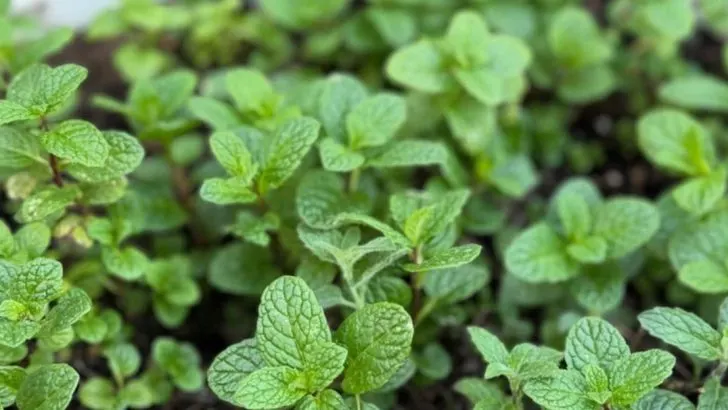Why not make the most of your garden space by adding edible plants that also serve as beautiful ground covers? These dual-purpose plants not only help prevent weeds and improve soil quality but also provide a bounty of fresh herbs, fruits, and vegetables for your kitchen.
In this article, we explore 14 edible ground covers that thrive in various garden conditions. From low-growing herbs to spreading berries, these plants are perfect for creating a productive, low-maintenance landscape that gives back in both beauty and flavor.
Transform your garden into a flavorful oasis while enhancing its functionality with these amazing edible choices!
Creeping Thyme
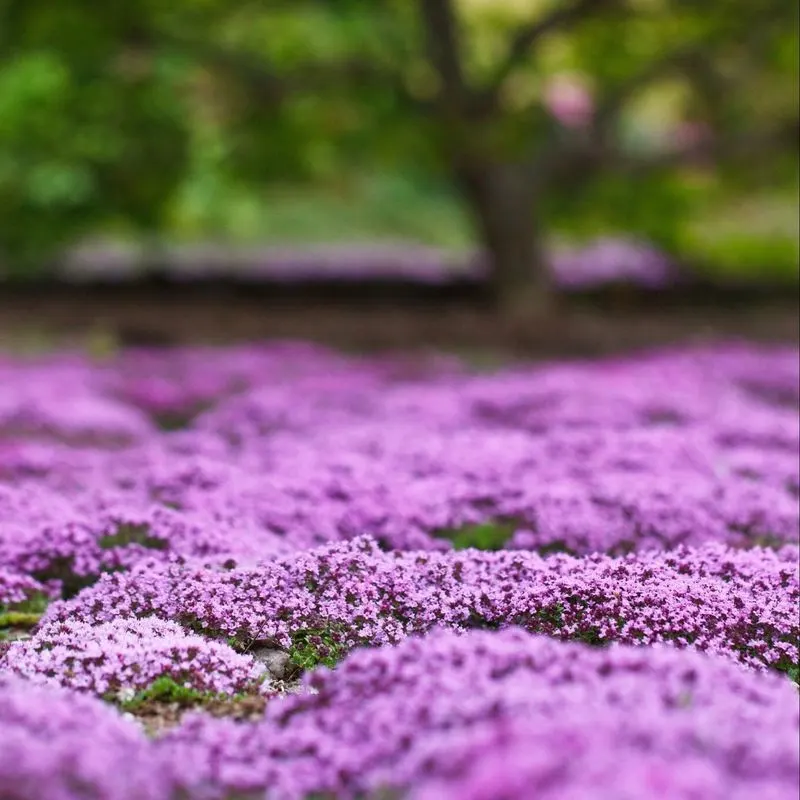
Creeping thyme, with its aromatic leaves, blankets the ground like a fragrant quilt. Its small, purple flowers are a delight to the eyes and attract the buzzing bees. While it thrives in sunny spots, this resilient plant can handle a bit of shade too. Harvest its leaves to add a savory touch to your culinary creations, from soups to roasted veggies. Beyond taste, it offers visual charm, making paths and borders come alive. Plant it where you want both beauty and flavor. A hardy choice for any garden enthusiast.
Wild Strawberries
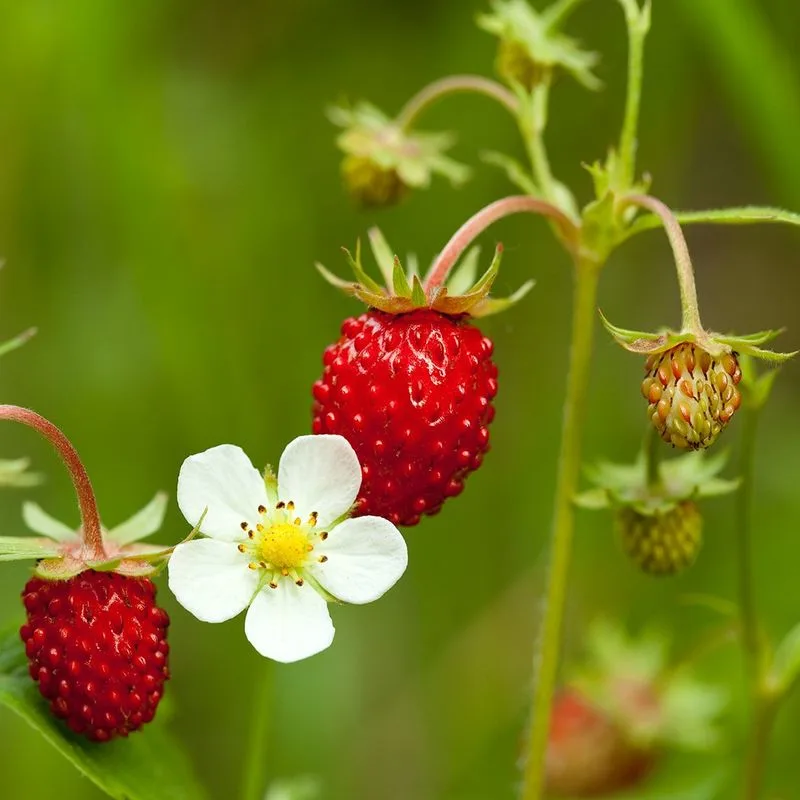
A patch of wild strawberries offers more than just a sweet treat; they’re a feast for the eyes. Their vibrant red fruit peeks out from beneath lush foliage, creating a striking contrast. Ideal for sunny areas, these plants spread quickly, creating a dense cover. Enjoy the fruits fresh off the plant or in desserts. Besides their deliciousness, wild strawberries can suppress weeds, making them a gardener’s ally. They’re a picturesque addition to any garden. With minimal care, they reward you with both beauty and bounty.
Nasturtiums
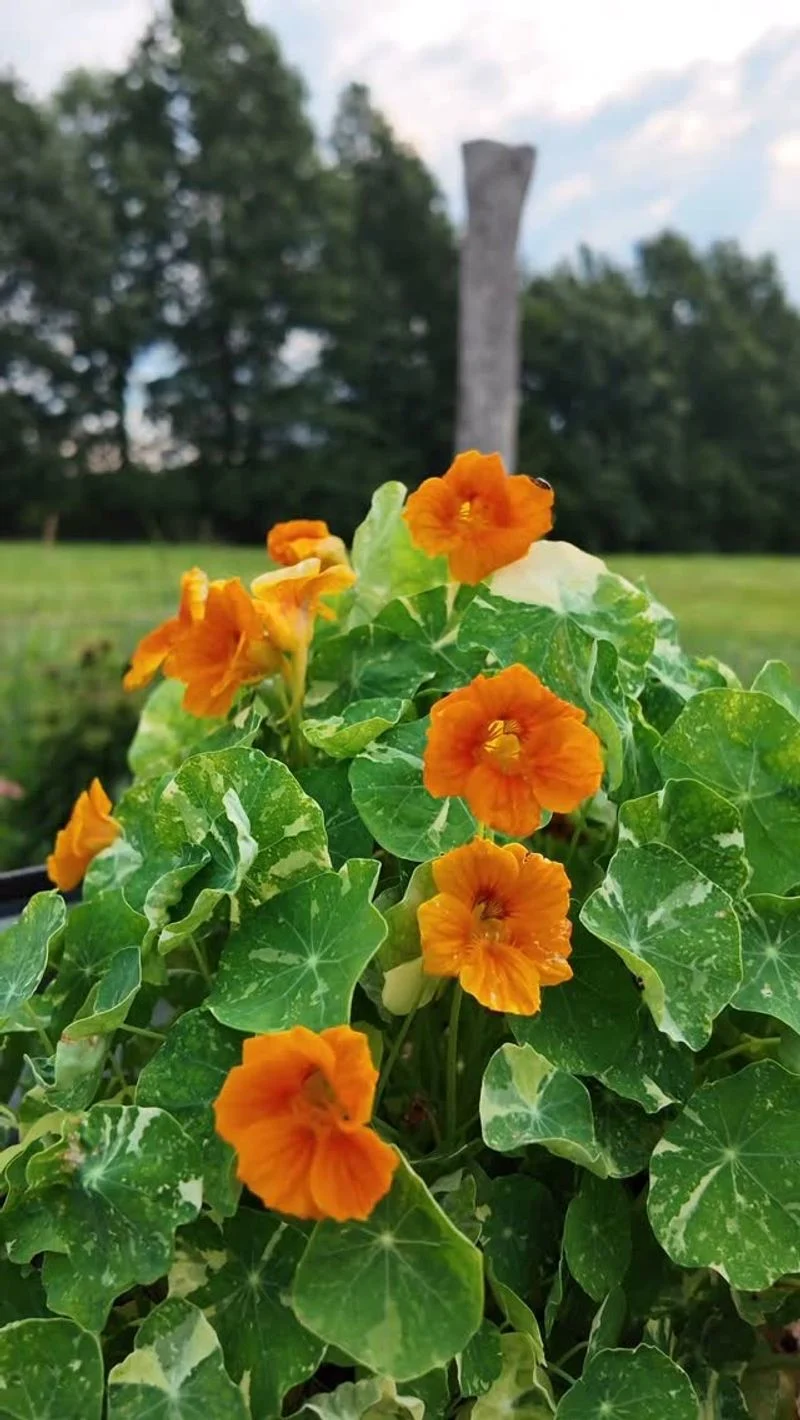
Bursting with vibrant colors, nasturtiums offer more than just visual appeal. These cheerful flowers, paired with peppery leaves, make salads pop. Their trailing nature allows them to cover ground effortlessly, thriving in both sun and partial shade. Easy to grow, they require little more than regular watering. Every part of the nasturtium is edible, adding a spicy zest to any dish. Not just a pretty face, they also act as a natural pest deterrent, protecting nearby plants. A delightful addition to any edible landscape.
Oregano
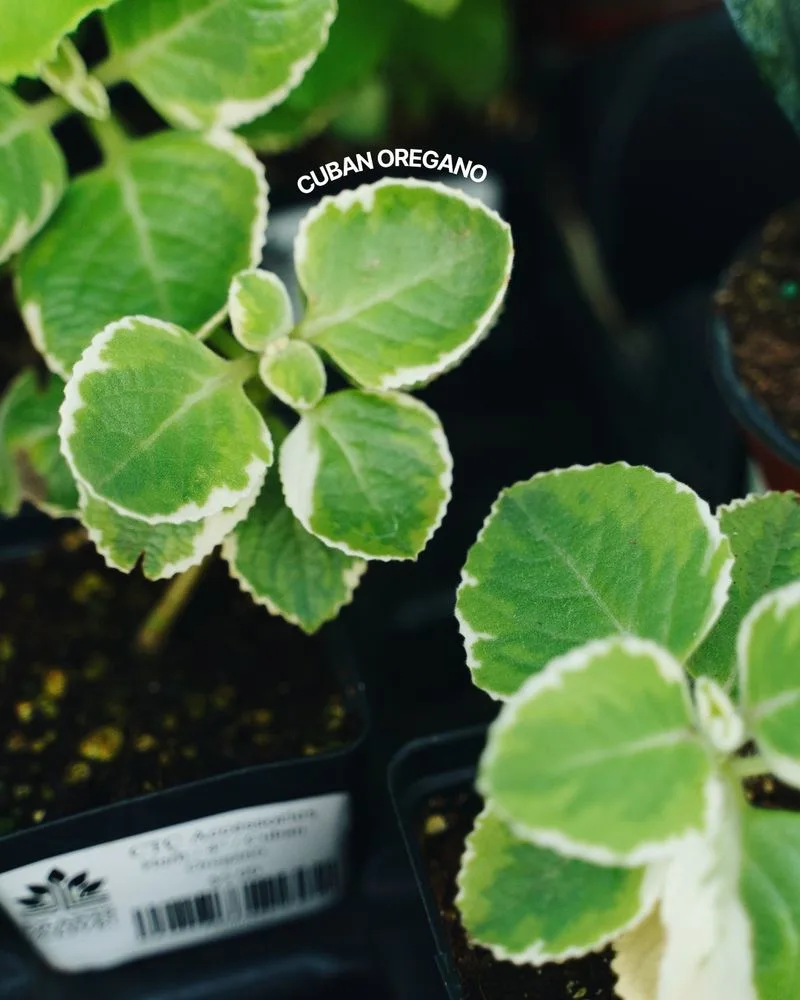
Oregano finds its way into many kitchens, but it also makes a fantastic ground cover. Its earthy aroma fills the air as it carpets the garden with its rich green leaves. This robust plant loves sunlight but can tolerate partial shade, making it versatile for various locations. Easy to grow, oregano not only enhances your garden’s look but also your dishes. Add it fresh to sauces and marinades for a burst of flavor. Beyond culinary uses, it attracts pollinators, boosting your garden’s ecosystem.
Chamomile
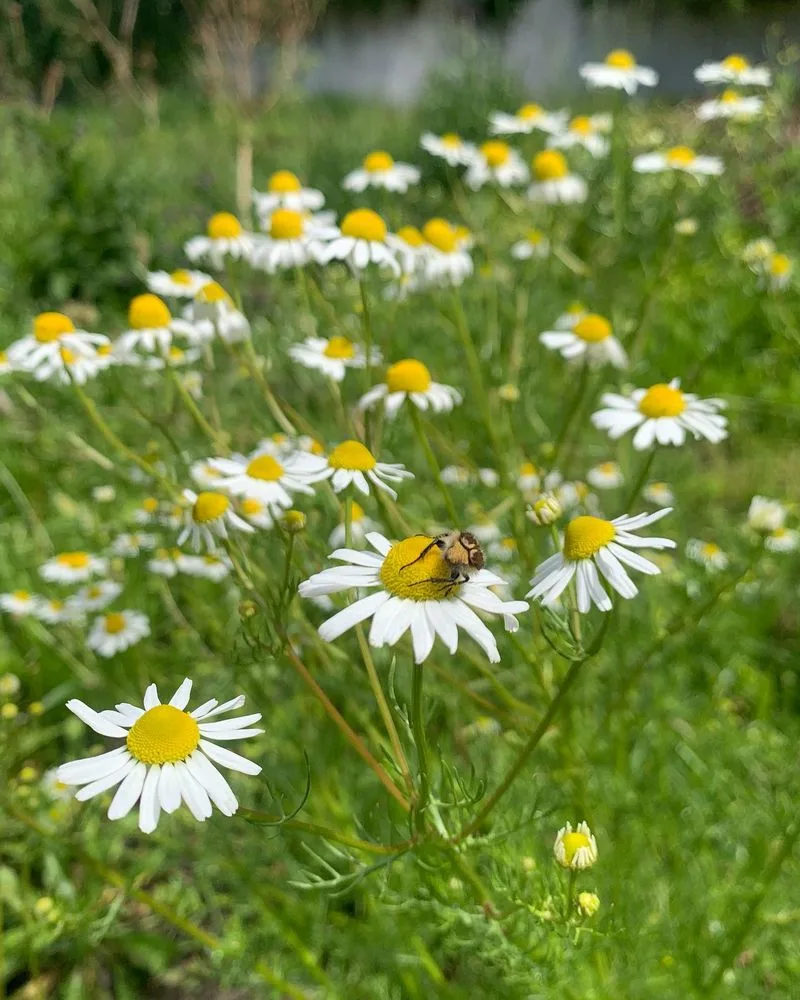
Gentle and soothing, chamomile spreads tranquility wherever it grows. Its daisy-like flowers and delicate scent are a treat for the senses. Perfect for sunny spots, this plant can handle a bit of dryness, making it low maintenance. Harvest the flowers to brew a calming tea or use them to infuse oils. Chamomile’s benefits extend beyond its beauty; it supports pollinator health. Its soft foliage makes it a pleasant ground cover, inviting you to stroll through the garden with ease. An aromatic addition to any space.
Mint
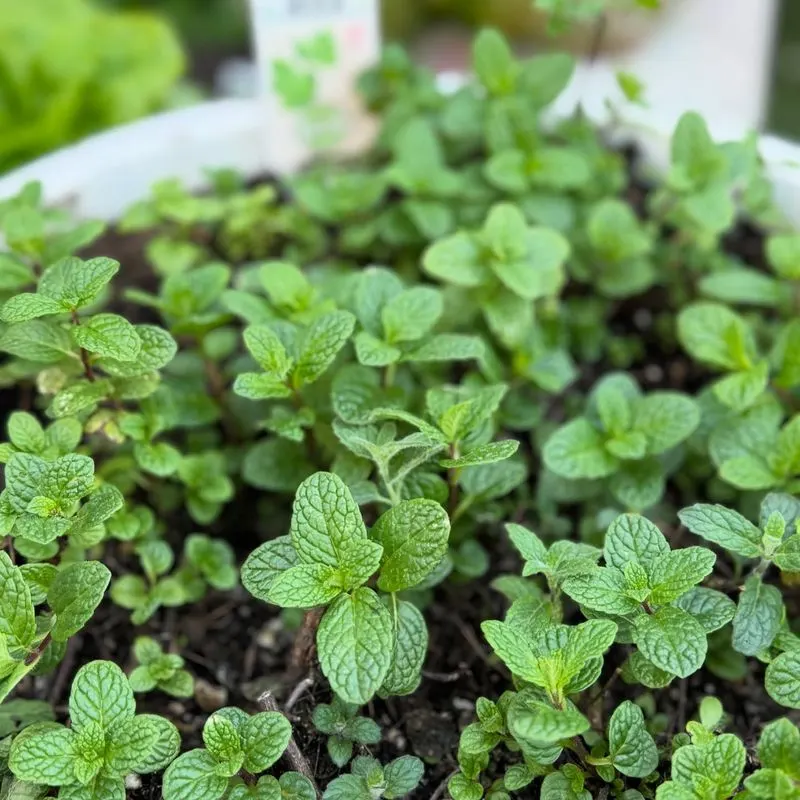
Mint’s refreshing scent and flavor are hard to resist, making it a favorite in many gardens. This vigorous plant spreads rapidly, covering the ground with fragrant leaves. Ideal for beverages and garnishes, it offers endless culinary possibilities. While it loves sunlight, mint can thrive in partial shade, making it adaptable. Its presence helps deter pests, providing natural protection for nearby plants. Careful placement is key, as mint can overtake other plants if unchecked. A versatile and aromatic ground cover choice.
Sweet Woodruff
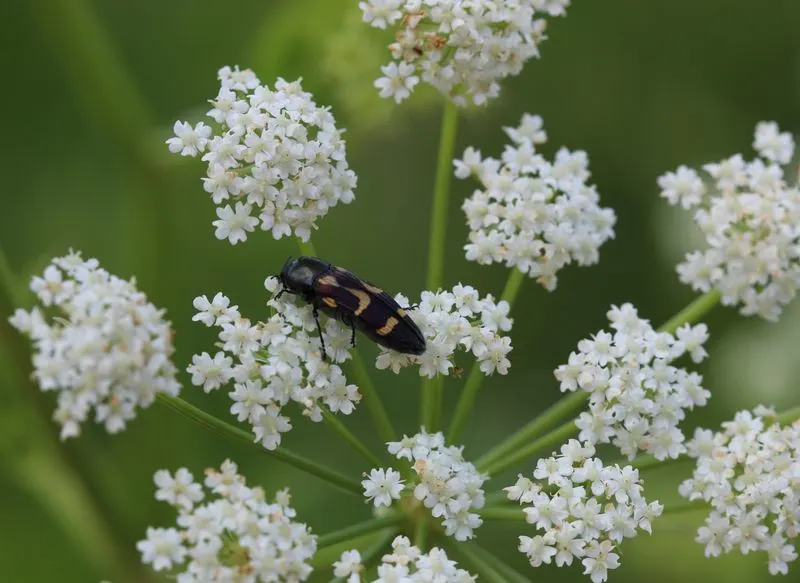
Sweet woodruff, with its starry white flowers, brings a touch of elegance to shaded areas. This delicate plant forms a lush carpet, and its scent is reminiscent of freshly mown hay. Perfect for under trees or on north-facing slopes, it requires minimal care. Use its leaves to make May wine or add them to sachets for a natural fragrance. Sweet woodruff attracts helpful insects, enhancing garden biodiversity. Its understated beauty and aromatic qualities make it a charming addition, especially for those seeking tranquility in shade.
Clover
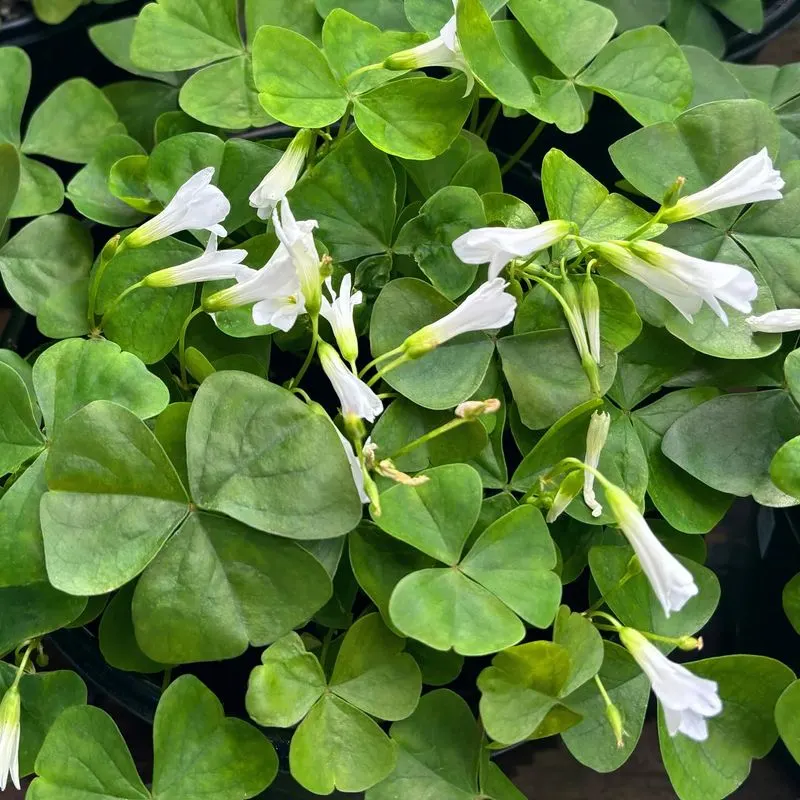
Clover is more than just a lucky charm; it’s a valuable ground cover. With its trifoliate leaves and clusters of white flowers, it creates a lush green carpet. Clover enriches the soil by fixing nitrogen, making it a boon for other plants. It’s tolerant of various conditions, from sun to shade, and requires little maintenance. Enjoy its subtle beauty and the life it attracts, from bees to butterflies. An eco-friendly choice, clover supports the ecosystem while offering a soft, walkable surface in your garden.
Sorrel
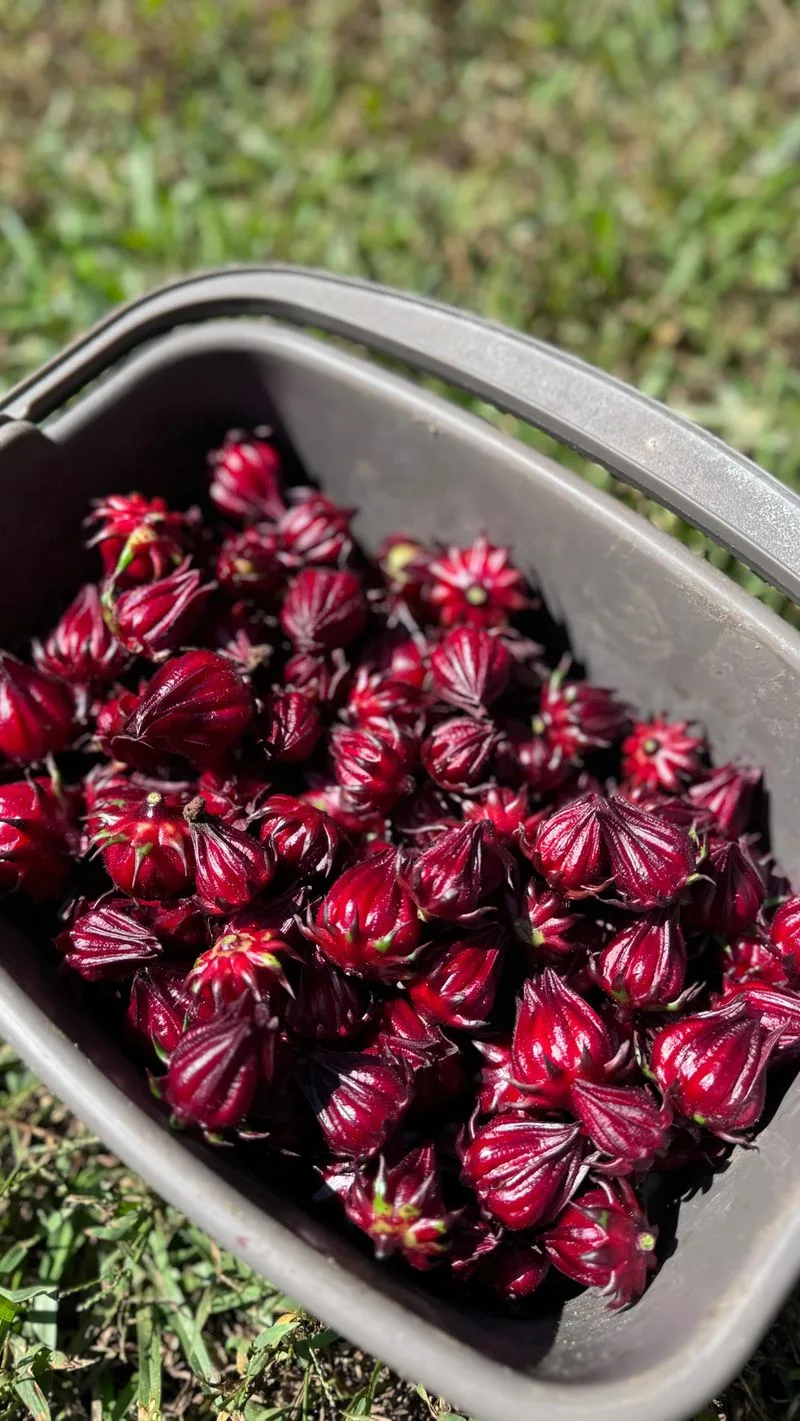
Sorrel’s tangy leaves offer a burst of citrusy flavor, perfect for soups and salads. This perennial makes a practical ground cover, with its vibrant greenery brightening any garden. It thrives in full sun but can tolerate partial shade, providing flexibility in planting. Sorrel’s rapid growth helps suppress weeds, making maintenance easier. Enjoy its fresh leaves throughout the growing season, adding a unique taste to your dishes. Its resilience and culinary uses make sorrel a smart addition to any edible landscape.
Purslane
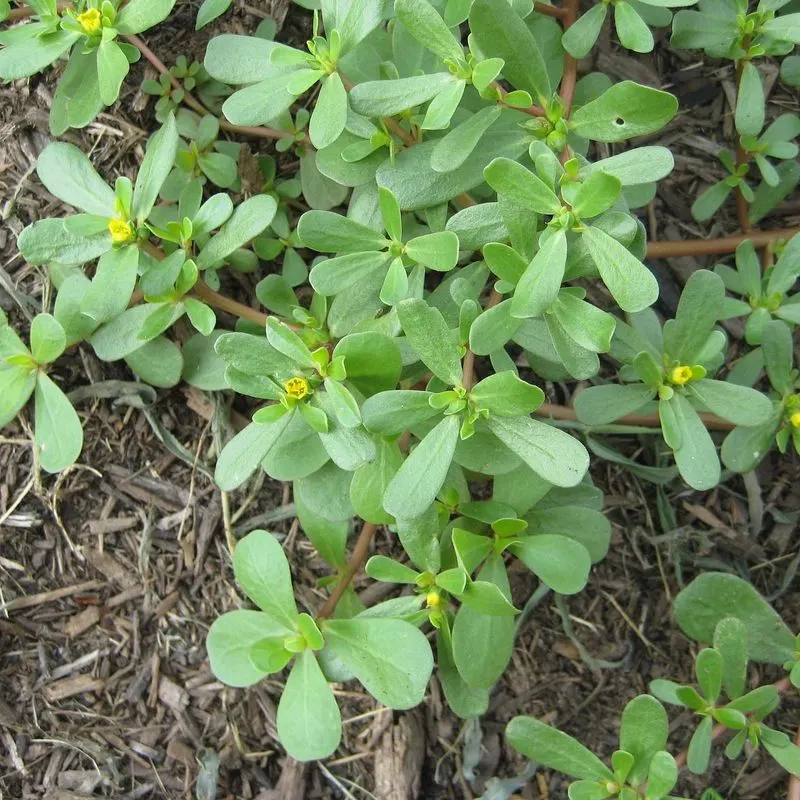
Purslane thrives in poor soil, making it a tough yet tasty ground cover. Its succulent leaves are packed with omega-3 fatty acids, offering nutritional benefits. Known for its slight tang, purslane is perfect for salads and soups. It grows low and wide, covering ground efficiently, especially in sun-drenched areas. Its resilience makes it a fantastic choice for those looking to fill spaces where other plants struggle. Beyond practicality, its small yellow flowers add a cheerful touch. Purslane is a nutritious and visually appealing option.
Creeping Jenny
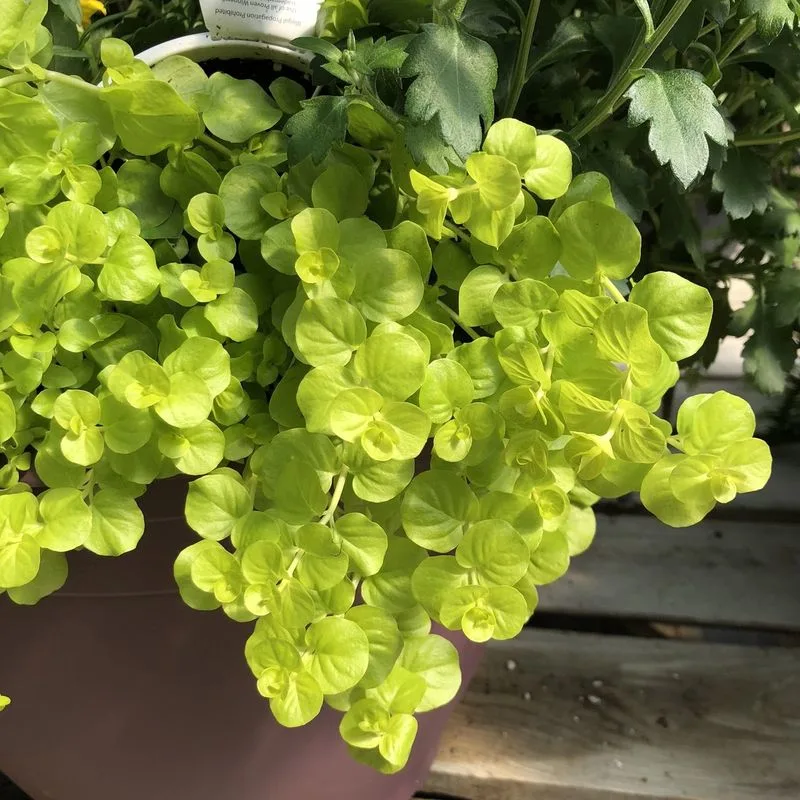
Creeping Jenny, with its bright chartreuse foliage, illuminates any garden. This low-growing plant spreads quickly, creating a dense mat that’s both decorative and functional. It prefers moist conditions but can adapt to various environments. Use its leaves in salads for a mild, peppery flavor. Creeping Jenny not only covers the ground but also drapes beautifully over edges, adding dimension to your garden. Its vibrant color and adaptability make it a standout choice for ground cover in shaded or sunny spots.
Bergamot (Bee Balm)
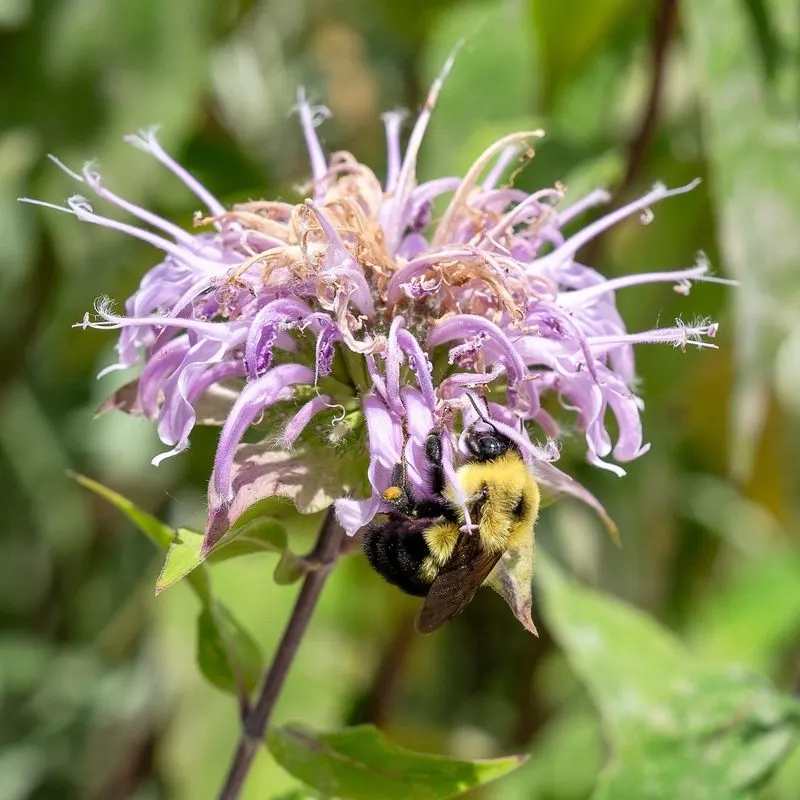
Bergamot, or bee balm, is a feast for the eyes and the palate. Its vivid flowers attract pollinators, while its leaves offer a citrusy mint flavor. This plant thrives in sunny locations, forming a colorful mass that brightens any space. Use bergamot leaves in teas or salads for a refreshing taste. Its flowers can even garnish beverages and dishes. Beyond its culinary uses, bergamot supports biodiversity, inviting a host of helpful insects. A vibrant and useful addition to any garden.
Watercress
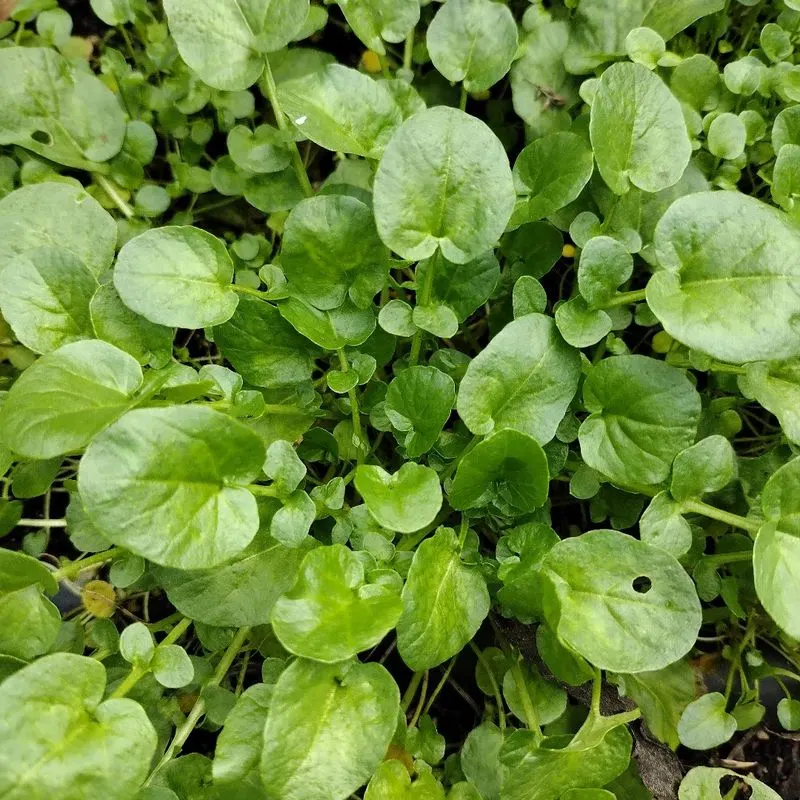
With a preference for moist conditions, watercress flourishes near water features. Its peppery leaves are a favorite in salads, offering a crisp, fresh bite. Watercress grows rapidly, forming a thick green cover that benefits from constant hydration. It’s an ideal choice for gardens with ponds or streams, providing both beauty and utility. Harvest regularly to maintain its lush appearance and enjoy its health benefits. Watercress not only adds visual interest but also supports a healthy diet with its nutrient-rich leaves.
Dandelion
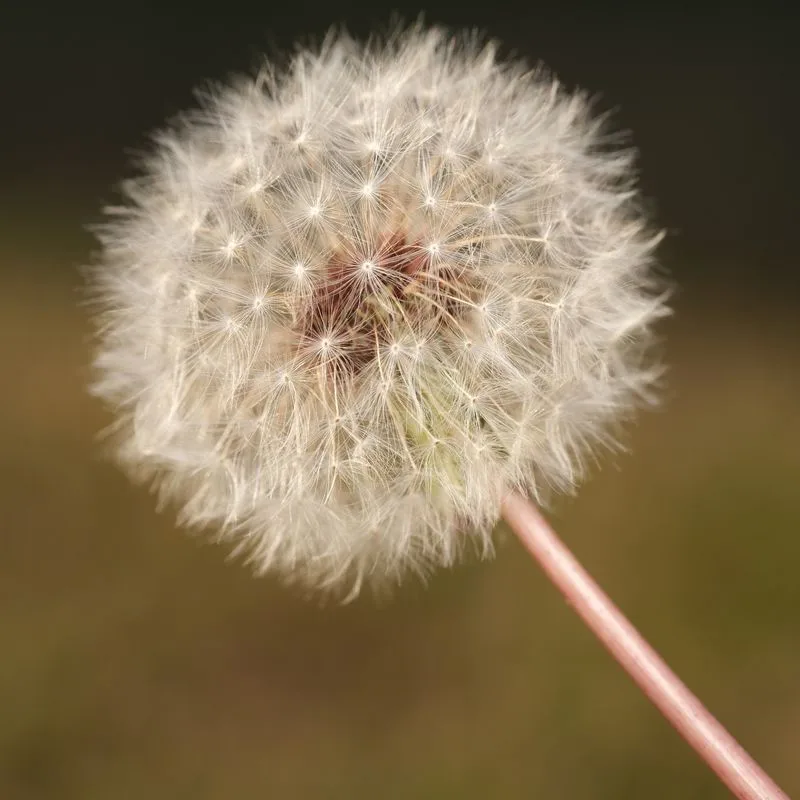
Often overlooked, dandelions offer more than meets the eye. Their sunny yellow flowers give way to iconic seed heads, creating a dynamic visual display. Dandelions thrive in various conditions, covering ground with ease. Their leaves add a bitter tang to salads, while roots can be roasted for herbal coffee. This resilient plant helps improve soil health, making it a valuable garden ally. Embrace dandelions for their beauty and versatility, and enjoy the benefits they bring to both the palate and the garden.

